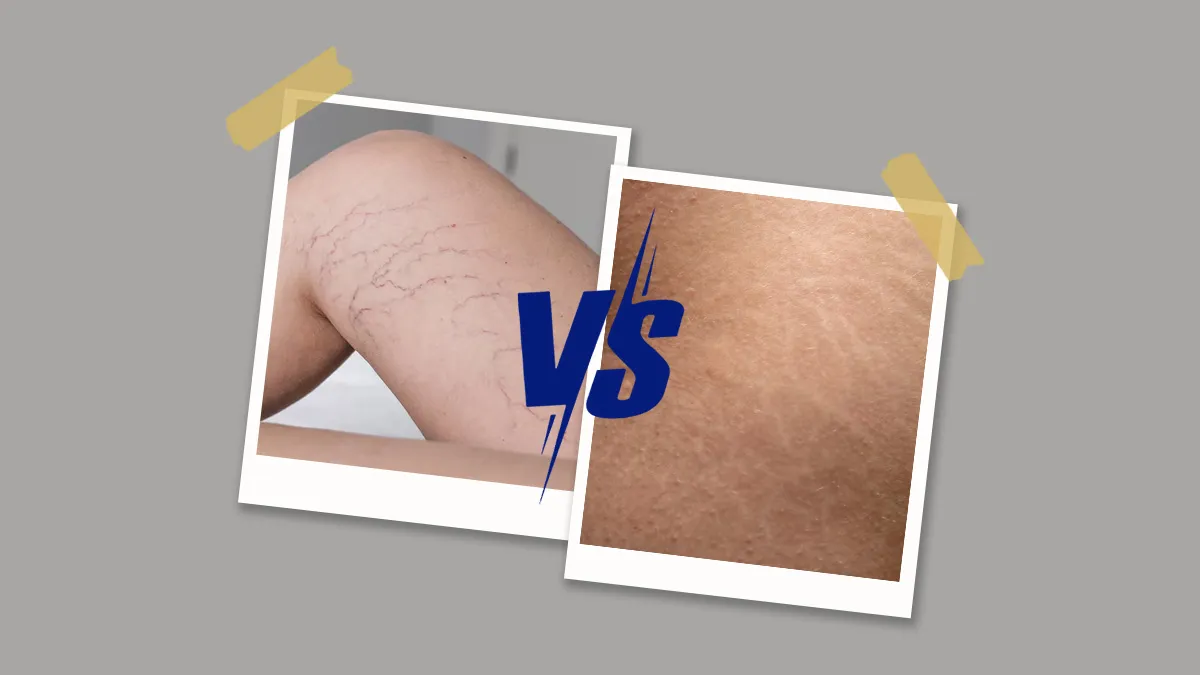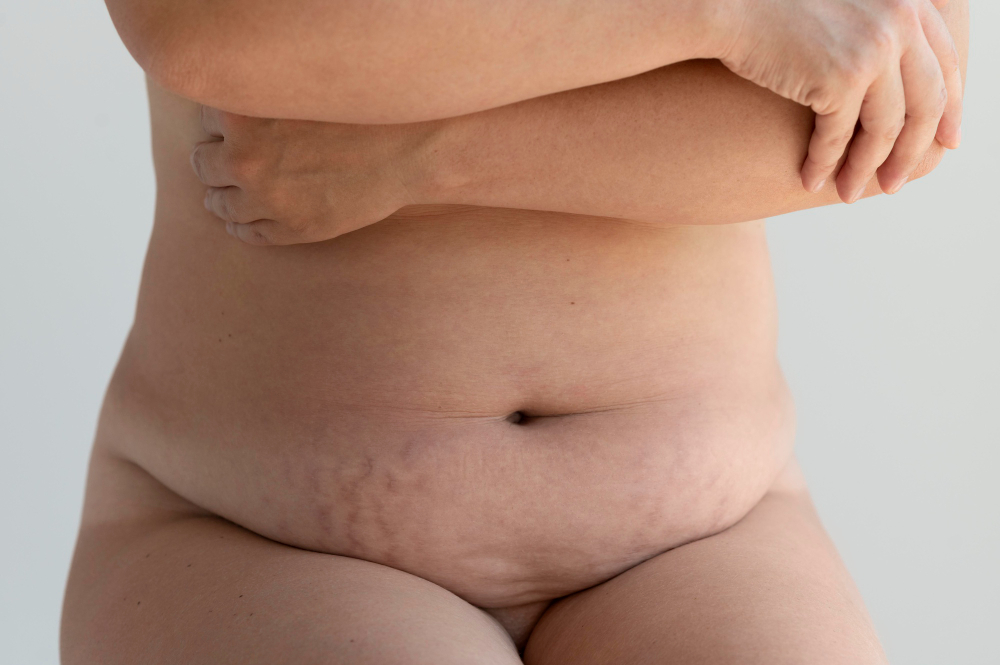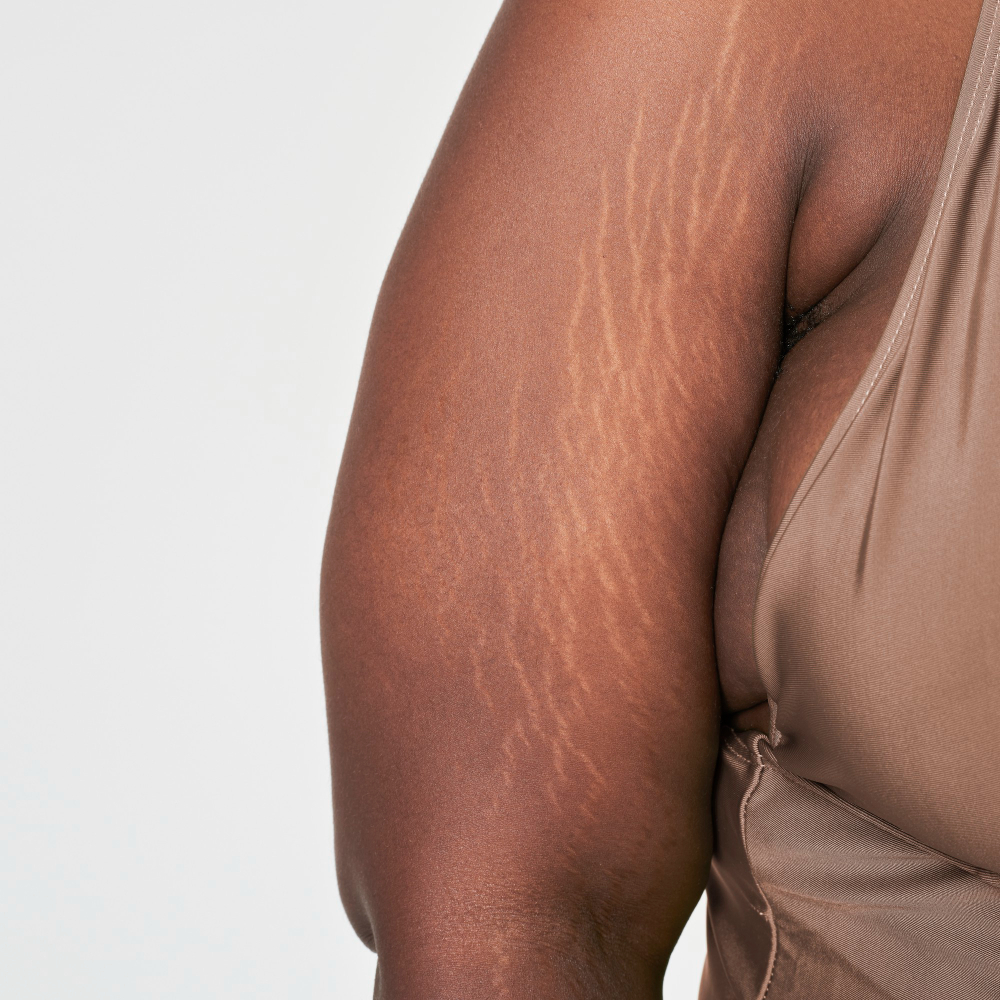
Red Vs White Stretch Marks: What’s The Difference And Why It Matters
Stretch marks, or striae, are a common skin concern affecting both men and women. They often appear during periods of rapid growth, such as puberty, pregnancy, weight changes, or muscle building. However, not all stretch marks look the same — some are red or purple, while others are white. Understanding the difference between red and white stretch marks is crucial for choosing the right treatment and setting realistic expectations. Dr Chandni Jain Gupta, MBBS, MD Dermatologist and Aesthetic Physician, Elantis Healthcare, New Delhi shared insights about the two.
Red Stretch Marks: The Early Phase
Dr Chandni highlighted that Red stretch marks, medically known as striae rubrae, are the initial stage of stretch marks. They occur when the skin is stretched quickly, causing small tears in the dermis (the middle layer of skin). This stretching damages blood vessels, leading to the characteristic red, pink, or purplish hue.
Red stretch marks are typically newer and more active. Because they still have an active blood supply, they are more responsive to treatments. With early intervention — such as topical retinoids, laser therapy, or microneedling — red stretch marks can significantly fade or even be prevented from progressing into permanent marks.

White Stretch Marks: The Mature Phase
According to Dr Chandni, over time, red stretch marks lose their colour and become white or silver, known as striae alba. This happens because the blood vessels constrict, and the skin’s collagen and elastin fibres become more disrupted. White stretch marks are older, and more mature, and indicate that the skin has fully healed from the initial injury.
Treating white stretch marks is more challenging compared to red ones. Since they have less blood flow, therapies take longer to work, and complete removal is rare. Treatments such as fractional lasers, radiofrequency devices, and microdermabrasion can help improve the texture and appearance but may not completely eliminate them.

Key Differences
Here are the key differences between the two:
Colour: Red stretch marks are pink, red, or purple, while white stretch marks are pale, white, or silvery.
Age: Red stretch marks are new; white stretch marks are older.
Treatment Response: Red stretch marks respond better to treatments; white ones are tougher to treat.
Underlying Cause: Both result from dermal tearing due to rapid stretching, but the visibility of blood vessels gives red stretch marks their colour.

Treatment Tips
Here are the treatment tips based on the stretch marks:
- Early action yields better results. If you notice fresh red stretch marks, consult a dermatologist promptly.
- Moisturising the skin can improve its elasticity and reduce the severity of stretch marks.
- Professional treatments like lasers, micro needling, and radiofrequency can improve both red and white stretch marks, but consistency and patience are key.
- In some cases, a combination approach — using topical products along with procedures — offers the best outcome.
Stretch marks are completely natural and pose no health risk. However, if they cause cosmetic concerns, it’s important to understand that early treatment is more effective. Consulting a dermatologist ensures that you get a personalised plan suited to the type and stage of your stretch marks.
Image Courtesy: Freepik
Also watch this video
Herzindagi video